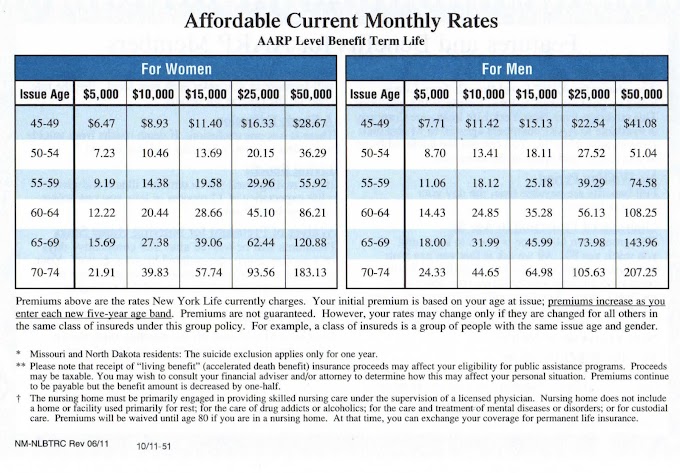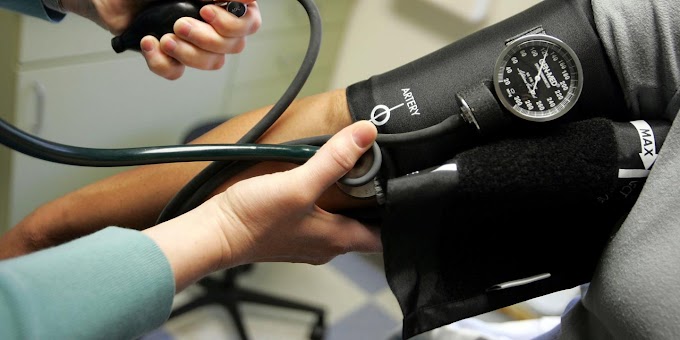
Excessive deductible well being plans (HDHPs) are well being Insurance Plans that attempt to strike a steadiness between affordability and usefulness. With an HDHP, you retain your premiums down by accepting the next annual deductible, outlined as $1,500 or higher for particular person protection and $3,000 or extra for a household. Nevertheless, a current examine by the Kaiser Household Basis (KFF) implies that these with HDHPs are much less glad than different well being care customers are and are questioning the worth of an HDHP.
The discrepancy pertains to the general score in addition to the worth. When requested how they'd fee their general well being insurance protection, 66% of HDHP holders rated their care as both "good" (53%) or "glorious" (13%), in comparison with "not so good" (17%) or "poor" (12%). In distinction, 85% of these with lower-deductible plans rated their protection "good" or "glorious." When requested whether or not their plan gives worth for the cash, the nice or glorious responses drop to 37% for HDHP holders and 68% for these with decrease deductibles.
That must be a major concern for insurers, since in line with the KFF survey, 40% of the non-group insurance enrollees have excessive deductibles. (In a disturbing facet observe, one other 17% have been not sure of their deductible, so it is attainable that HDHP numbers are even greater.)
These with HDHPs are inclined to have greater incomes, and normally are eligible for fewer subsidies via the exchanges. 37% of KFF survey respondents with HDHPs had incomes under 250% of the Federal Poverty Line (FPL) of $11,770 for a person and $15,930 for a two-person family in 2015. Nevertheless, 64% of respondents with decrease deductible plans fell into that lower-income class. KFF concluded that solely 36% of HDHP holders have been prone to obtain a tax credit score, as in comparison with 56% of lower-deductible plan holders.
A better revenue ought to have the ability to stand up to greater deductible prices — so what's the issue? It seems that too many individuals both shouldn't have the cash of their account to cover the upper deductible or just refuse to make use of it and contemplate their insurance as solely being for catastrophic circumstances past their deductible. This explains why survey respondents with HDHPs report feeling extra susceptible to excessive medical payments by a 55%-22% margin over these with decrease deductible plans.
When requested a couple of hypothetical medical invoice of $500 or $1500 and the way they'd pay for the invoice, a shocking variety of HDHP respondents stated they might not pay the invoice in any respect, though it is inside their deductible. 15% couldn't pay a $1500 invoice, and 8% couldn't even pay $500. An excellent bigger group would borrow to pay the invoice, principally through bank cards, with 43% borrowing to pay a $1500 invoice and 28% borrowing to pay $500.
The KFF survey didn't discover one attention-grabbing side — the presence or absence of Well being Financial savings Accounts (HSAs). HDHP plans are required so as to have an HSA, and it will be attention-grabbing to know if the advantages of a HSA make a HDHP extra fascinating, or if there may be an revenue cut up related to HSAs.
Ultimately, revenue doesn't appear to matter since each greater and decrease revenue people give decrease scores to HDHPs. It's extra concerning the premiums. Individuals appear to be selecting a plan not as a result of it finds the very best steadiness between premiums and safety from excessive medical payments, however as a result of it provides essentially the most inexpensive premium possibility obtainable to them, wherever they're on the revenue scale.
Photograph ©iStock.com/ SelectStock






0 Comments